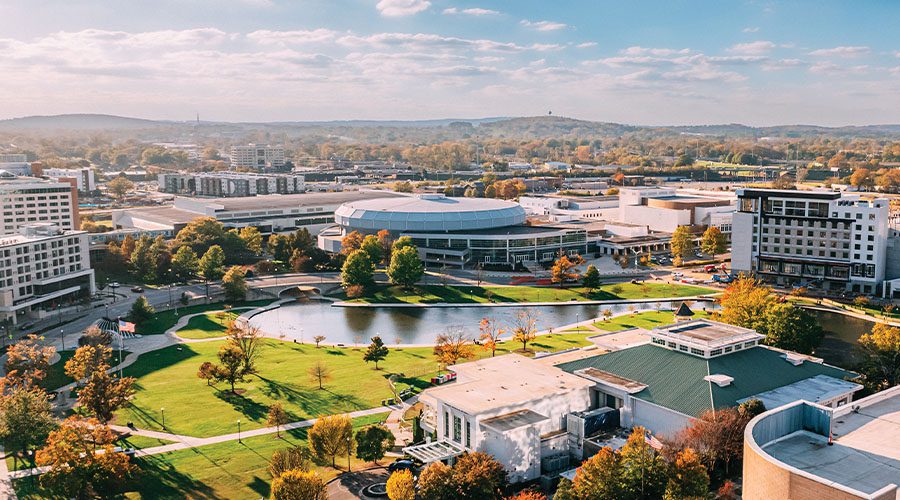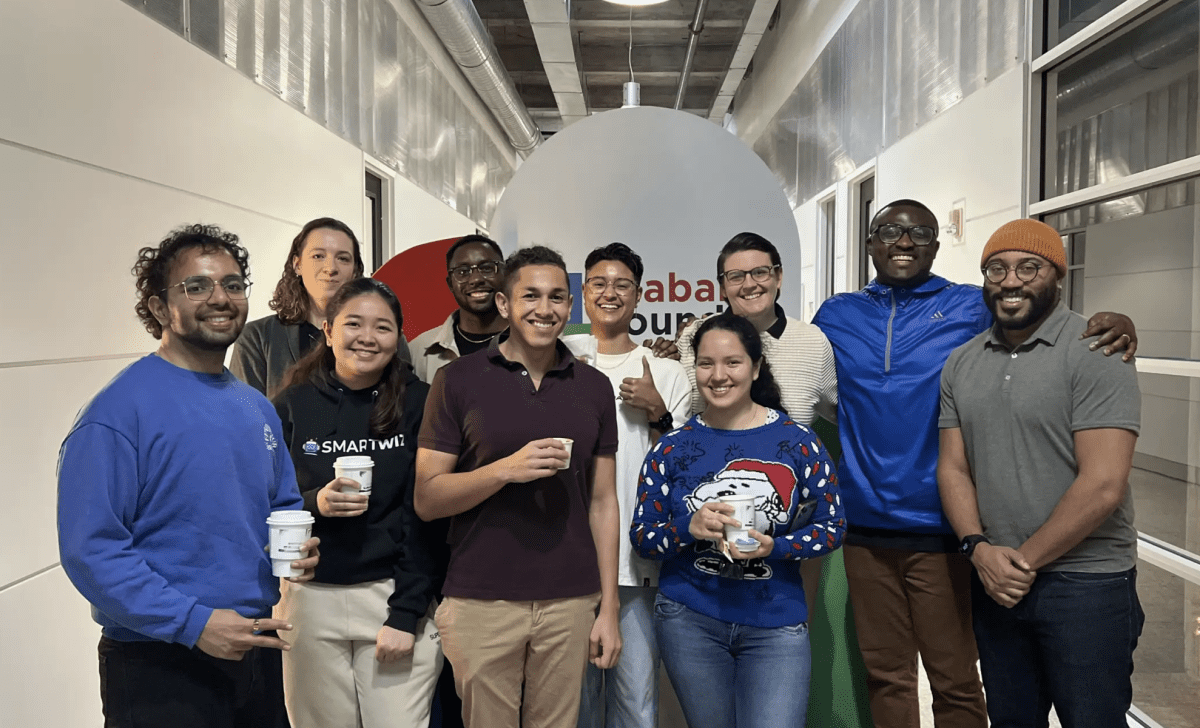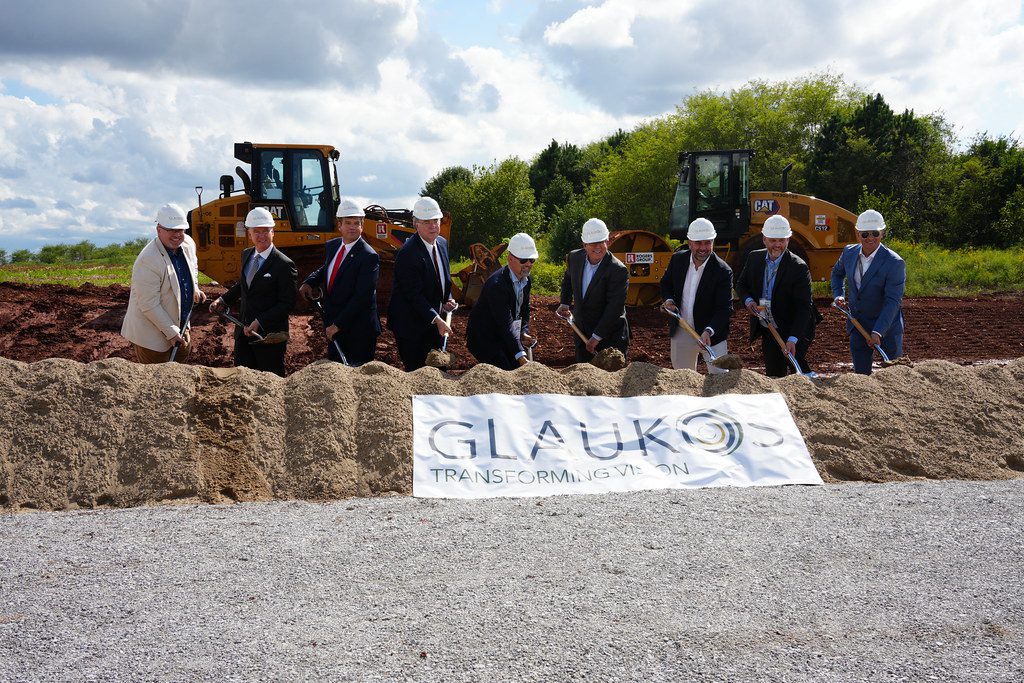Over the past year, Alabama has not only strengthened its reputation as a manufacturing and innovation hub — it has rewritten the playbook on economic development in the South.
With a wave of high-impact projects, new legislation to modernize incentive programs, aggressive workforce development strategies and critical infrastructure upgrades, Alabama is positioning itself to compete — and win — on a global scale.
From thriving metro areas to rural communities, the past 12 months have delivered a series of transformational wins that reflect the state’s unified, strategic approach to growth.
Over this time frame, Alabama has secured a roster of major capital investment and job-creating projects, representing a diverse industrial base and geographic reach.
A recent win was Butting USA’s decision to locate its North American headquarters and advanced pipe manufacturing facility in Loxley, Baldwin County. The German company’s $61.7 million investment will create 70 jobs and deepen Alabama’s ties to global markets in energy and infrastructure.

Alabama’s aerospace and defense sector continues to thrive, punctuated by the August 2025 opening of PDW’s Drone Factory 01 in Huntsville — a $9 million, 90,000-square-foot facility dedicated to next-generation unmanned aircraft systems. With 500 jobs being added near Redstone Arsenal, the project reinforces North Alabama’s prominence in military and aerospace innovation.
Rural communities also saw meaningful growth. Alabama’s rural regions are experiencing a surge in economic growth, with more than $7 billion in new investment since 2020 fueling nearly 9,000 job commitments. Momentum continued throughout 2024, as $1.2 billion in fresh investment flowed into key industries, generating 1,700 new job opportunities and strengthening rural communities.
Modernized Incentives
One of the most impactful developments over the past couple of years came in the form of new legislation. With bipartisan support, Governor Kay Ivey signed into law enhancements to the state’s economic development toolkit, modernizing the Alabama Jobs Act and extending its reach.
Key reforms included more robust rural incentives, increased transparency and tools to support high-impact industries like EV manufacturing, bioscience and aerospace.
Governor Ivey also signed into law the Alabama Development Fund, a game-changing initiative that creates a sustainable funding source for economic development. This innovative fund will support rural development, global marketing efforts, international business offices, quality-of-place initiatives and infrastructure upgrades across the state.
A separate measure updated the Entertainment Industry Incentive Act, extending benefits to music production and positioning Alabama to attract a broader array of creative-sector projects.

At the same time, Alabama has been implementing Catalyst, a new strategic plan designed to guide Alabama’s economic future over the next decade and beyond by emphasizing talent development, entrepreneurship, rural growth, and community vitality.
The Site Evaluation and Economic Development Strategy Act (SEEDS) — a powerful site development grant program launched in 2024 — has also delivered real results. Over just two rounds, SEEDS has funneled more than $100 million into preparing industrial sites across Alabama, priming communities for investment and job creation.
“Alabama is no longer just a great place to make things — it’s a place where innovation is happening,” said Ellen McNair, Secretary of the Alabama Department of Commerce. “We’re being deliberate about how we grow and where we invest. These updates ensure we’re competitive and focused on the future.”
Filling the Talent Pipeline
A top priority for state leaders has been aligning education and training systems with the needs of evolving industries. Through AIDT, Alabama continues to deliver one of the nation’s most respected workforce development models, offering no-cost training tailored to employers’ requirements.
In addition, the Alabama Community College System (ACCS) has expanded its role in workforce preparation, launching new training centers and short-term credential programs focused on mechatronics, aviation maintenance, advanced manufacturing and logistics.
Efforts are also under way to strengthen talent retention, especially in rural areas. New strategies are connecting young Alabamians with in-demand careers through apprenticeships, dual enrollment programs and employer partnerships.

Alabama’s economic development strategy remains rooted in advanced manufacturing, with strong momentum in automotive, aerospace, chemicals and metals. But the state is increasingly emphasizing next-generation industries, such as:
- Electric vehicles and batteries: with multiple Tier 1 suppliers and automakers expanding in Alabama, including Mercedes-Benz’s growing EV production in Tuscaloosa.
Biotech and life sciences: supported by research institutions like HudsonAlpha, Southern Research and the University of Alabama at Birmingham (UAB), and new interest from pharmaceutical and medical device companies. - Food production and processing: where Alabama’s agricultural base and logistics network make it ideal for expansion.
- Defense and cyber: bolstered by the federal presence in Huntsville and continued investment in military supply chains.
- Shipbuilding: expansions are energizing Alabama’s maritime industrial base, centered around Mobile and companies including Austal and Master Boat Builders.
This focus on targeted industry clusters is supported by the state’s Innovate Alabama initiative, which fosters high-tech entrepreneurship, research commercialization and rural innovation.
Sites and Infrastructure: Ready to Go
To accommodate future projects, Alabama has continued investing in certified industrial sites, ensuring prospects have access to shovel-ready locations with robust infrastructure. The SEEDS grant program has helped local communities prepare sites for development, with an emphasis on rural competitiveness.
Nearly 60 sites have received SEEDS funding in the last two years, including properties in rural areas such as Brewton, Andalusia and Tuskegee — each now positioned to attract industry through strategic improvements in access, utilities, and workforce proximity.
 The state is also enhancing its logistics backbone. The Port of Mobile continues to see record container traffic and ongoing investments to deepen its channel, making it one of the most dynamic seaports on the Gulf Coast. Rail and highway infrastructure have likewise been upgraded, improving freight mobility from inland production hubs to export points.
The state is also enhancing its logistics backbone. The Port of Mobile continues to see record container traffic and ongoing investments to deepen its channel, making it one of the most dynamic seaports on the Gulf Coast. Rail and highway infrastructure have likewise been upgraded, improving freight mobility from inland production hubs to export points.
In addition, state and federal funds have been directed toward improving air cargo facilities in Huntsville and Birmingham, helping meet the growing demands of aerospace, e-commerce and international trade.
Looking Ahead
Alabama’s economic development wins over the past year are impressive not just in volume, but in vision. The state is proactively building the conditions for future success — investing in people, modernizing its approach, and seizing opportunities in new and legacy industries alike.
As Secretary McNair puts it, “We’re proud of what we’ve accomplished, but we’re even more excited about what’s next. Alabama is open for business — and we’re just getting started.”





